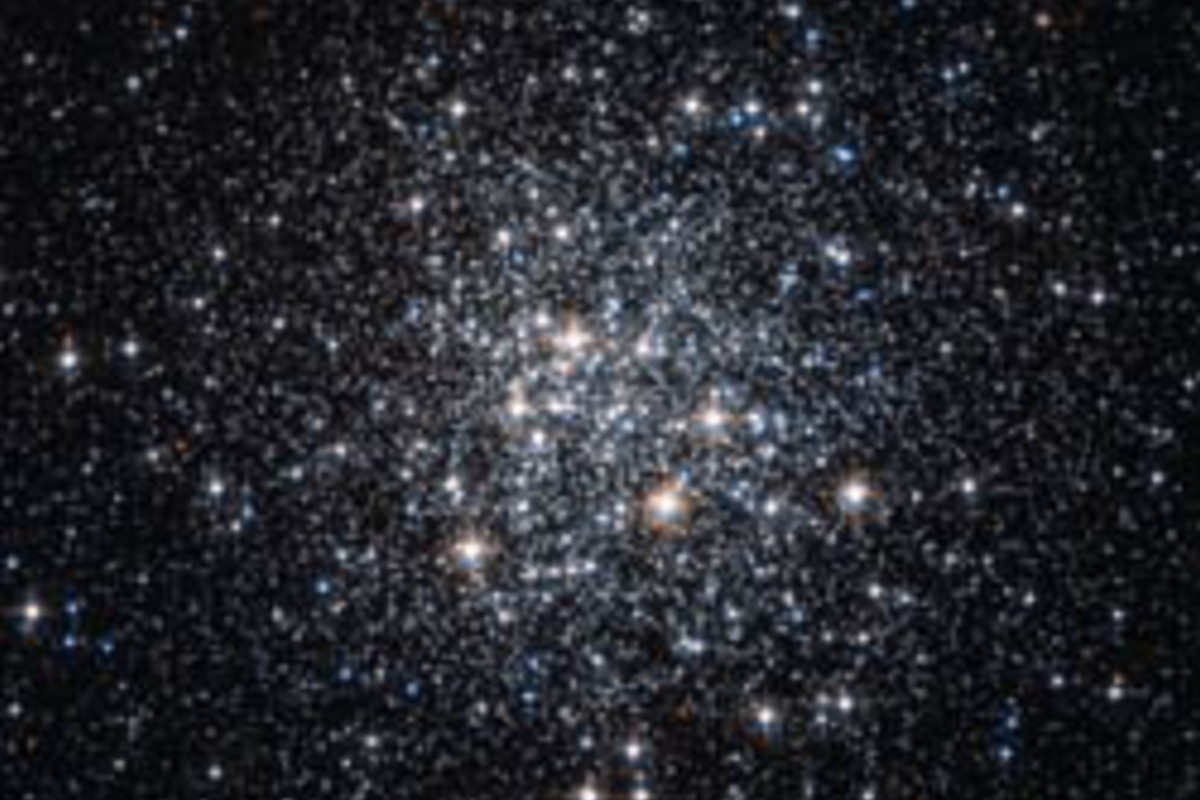

Department of Physics
Professor, Notre Dame Chair in Astrophysics

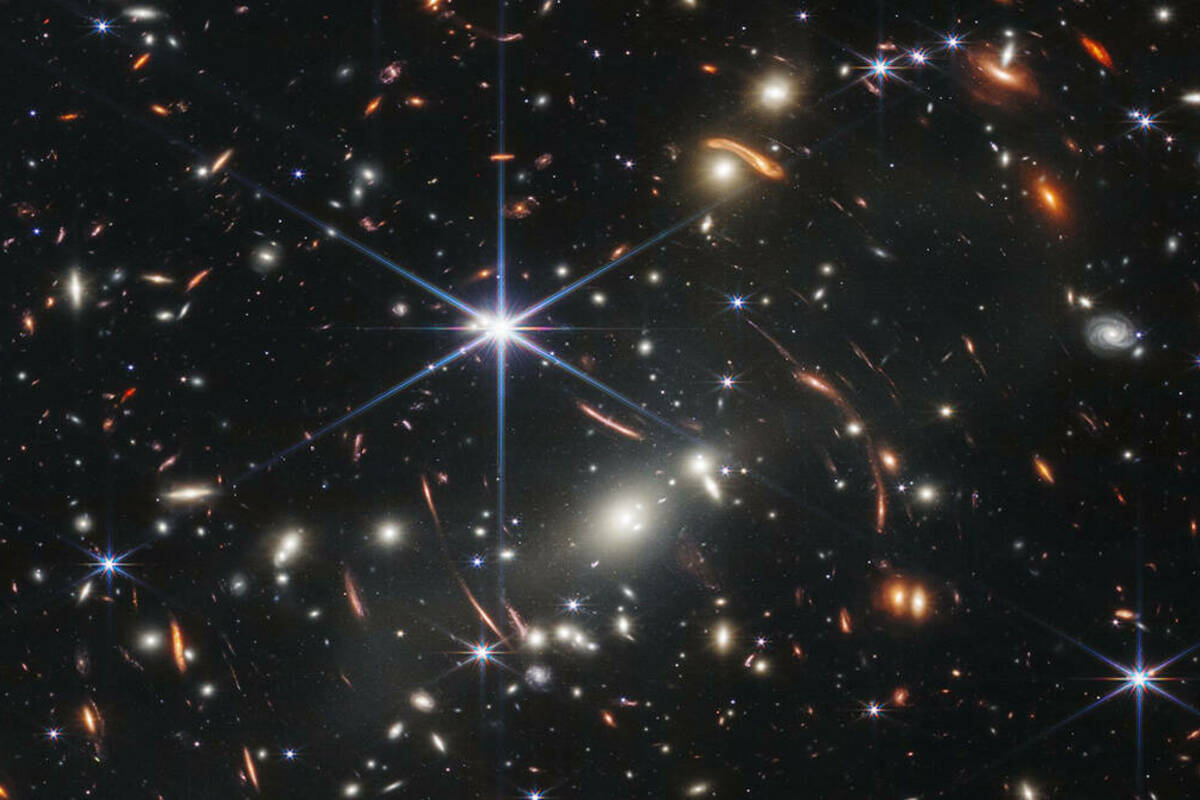
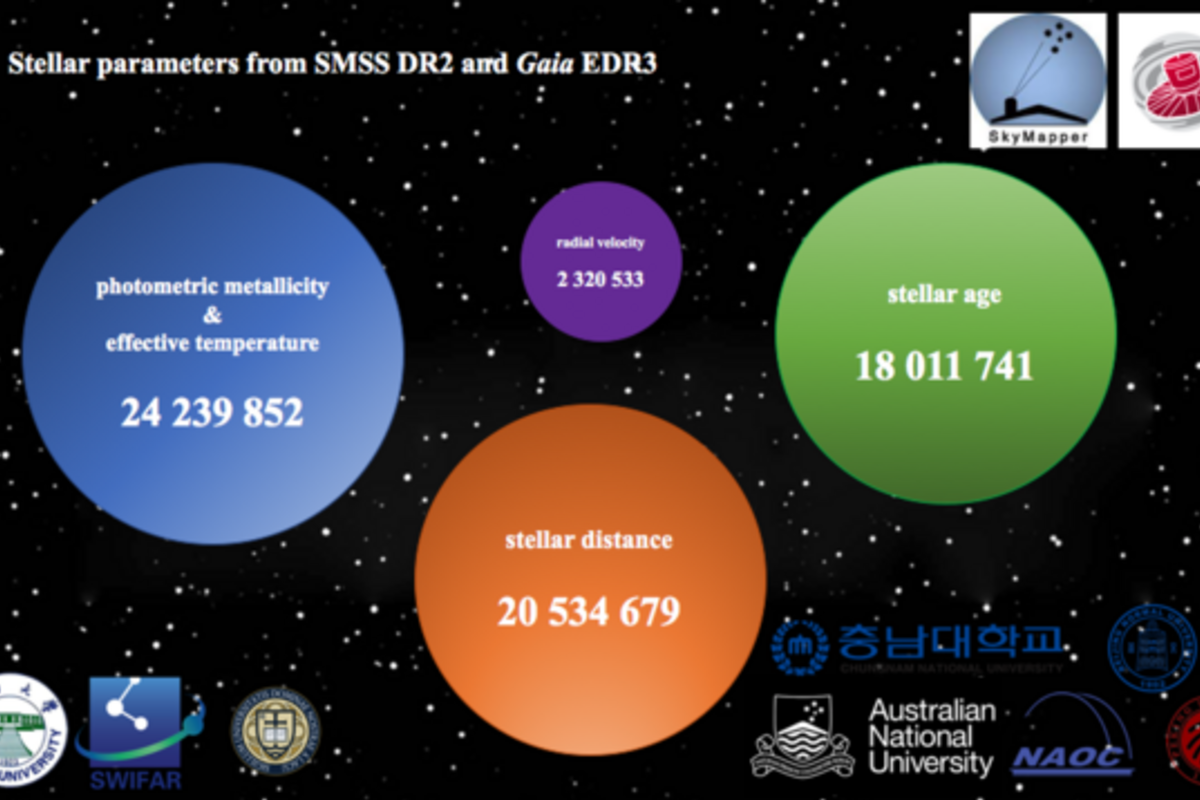
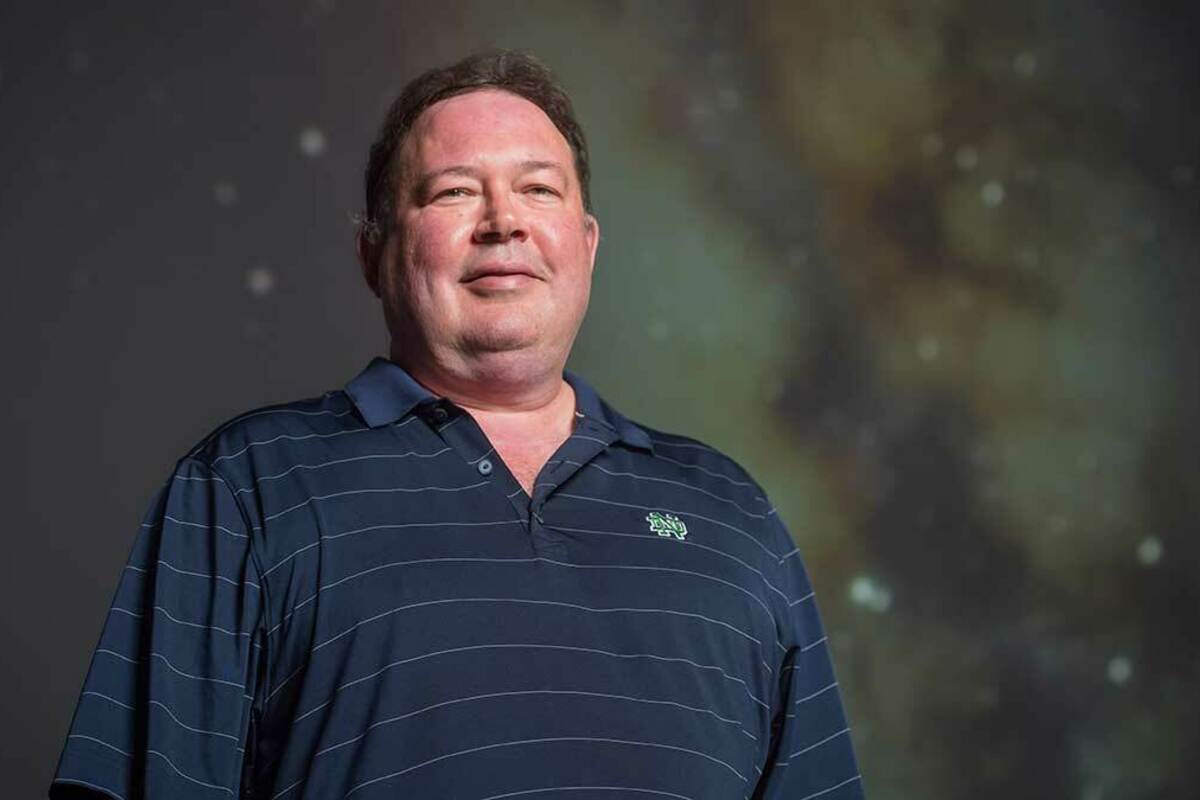
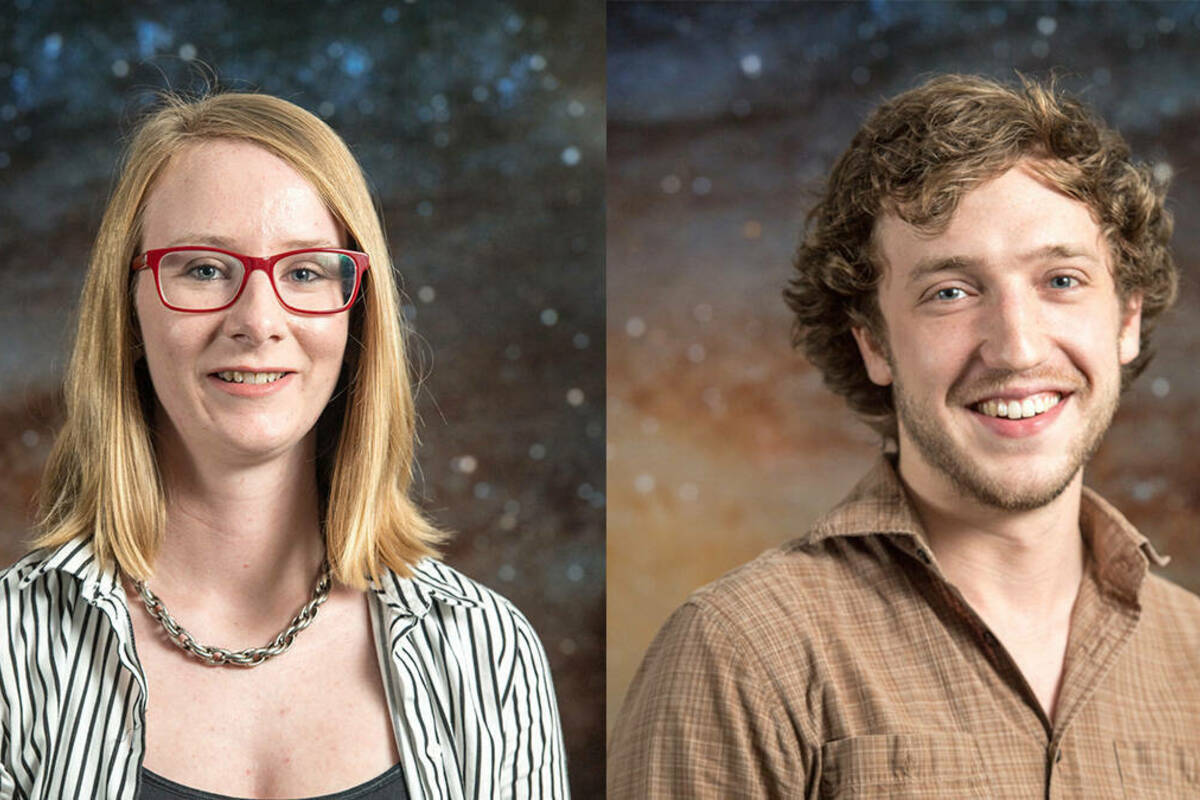
Scientia
April 19, 2024
Dr. Timothy Beers from the University of Notre Dame and his collaborators in Korea and China combined large photometric (visible light) surveys and astrometric data to create multidimensional maps of a large part of the Galaxy.

The Independent
September 29, 2022
“We now know what to look for; we have a pathway,” said Timothy Beers, an astronomer at the University of Notre Dame. “If this happened locally in the very early Universe, which it should have done, then we would expect to find evidence for it.”

The Wall Street Journal
March 23, 2022
“If you’re going to say, tell me a story of how the galaxy came to be, we really couldn’t do that without a precise clock for individual stars,” said Timothy Beers, a University of Notre Dame astrophysicist who wrote a Nature article accompanying the new study but wasn’t involved in the research.

New York Post
March 23, 2022
“With an innovative approach to estimating the birth dates of stars, Xiang and Rix have succeeded in helping us to better understand how our galaxy formed,” said University of Notre Dame physicist Timothy Beers in an editorial tied to the new report.

Newsweek
February 11, 2022
The team, including University of Notre Dame professor of physics Timothy Beers, used a new approach to measure light from each of the stars and determine the amounts of heavy metals like iron, as well as determining their distances, ages, and motion through space.

phys.org
February 10, 2022
University of Notre Dame researchers, along with collaborators in China and Australia, published a new sample catalog of more than 24 million stars that can be used to decipher the chemical history of elements in the Milky Way Galaxy.